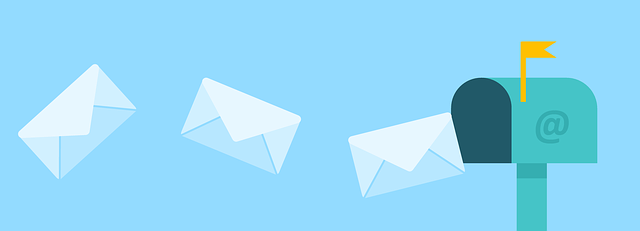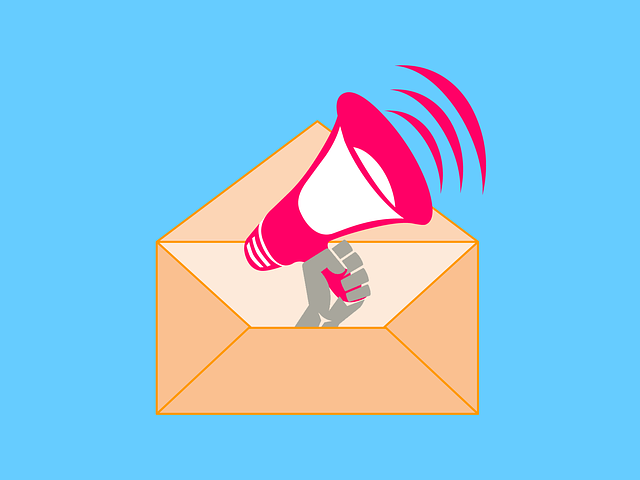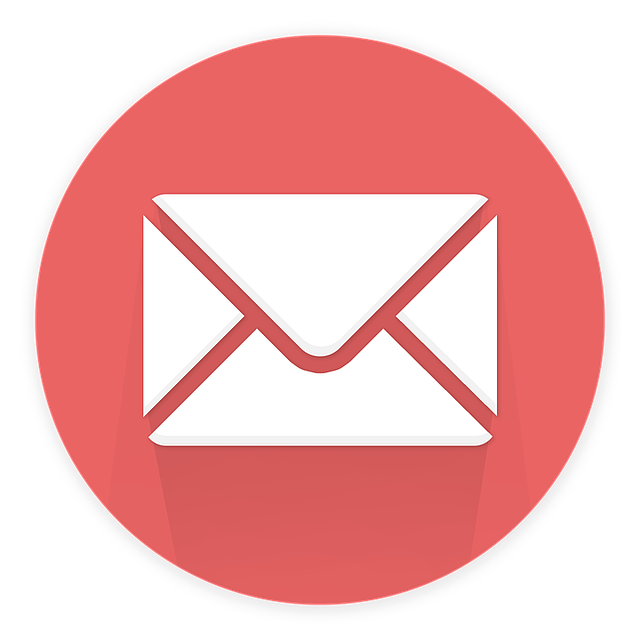Are you curious to know why some brands excel in email marketing while others fall flat?
Picture this: a company launches an email marketing campaign with high hopes of nurturing customer relationships and driving sales. The suspense builds as the first email lands in your inbox. Will it be engaging, personalized, and compelling enough to capture your attention? Or will it end up in the dreaded spam folder, lost among countless other unopened messages?
In this article, we delve into the world of email marketing case studies to uncover the secrets behind success and failure. Using a data-driven and strategic approach, we explore the key factors that determine whether an email campaign thrives or fizzles out. From targeted audience segmentation and compelling subject lines to effective design and relevant content, we leave no stone unturned.
Through real-life examples and analysis, you’ll gain valuable insights into the tactics and strategies that separate email marketing winners from losers. So, get ready to discover the secrets behind successful email campaigns and learn how to avoid the pitfalls that can doom your efforts.
Let’s dive in and uncover the mysteries of email marketing triumphs and tribulations.
Key Takeaways
- Personalization and compelling subject lines are crucial for email marketing success
- Effective email design and layout, including mobile responsiveness, are important for engagement
- Deliverability factors such as avoiding spam trigger words and cleaning email lists are essential
- Data-driven insights and continuous testing and analysis are key for improving email marketing strategies
Targeted Audience Segmentation
Targeted audience segmentation is the key to unlocking the true potential of email marketing, allowing brands to connect on a personal level with their customers and create lasting relationships. By using behavioral targeting and demographic segmentation, brands can tailor their email campaigns to specific groups of individuals who are more likely to engage and convert.
Behavioral targeting involves analyzing customer actions and preferences to deliver relevant content and offers. On the other hand, demographic segmentation divides subscribers based on characteristics such as age, gender, and location. When implemented effectively, these segmentation strategies can significantly improve open rates, click-through rates, and overall campaign performance.
Next, we will explore another crucial aspect of successful email marketing: compelling subject lines and personalization.
Compelling Subject Lines and Personalization
To grab the reader’s attention, using compelling subject lines and personalization is key. Research shows that personalized subject lines can increase open rates by up to 50%. A/B testing is crucial when it comes to crafting subject lines that resonate with your target audience. By creating multiple versions of your subject line and testing them against each other, you can determine which one performs better and optimize your email campaigns accordingly.
Automation tools can also play a significant role in personalizing subject lines. These tools allow you to segment your audience based on their preferences, demographics, or behavior. Then, they automatically send tailored emails with personalized subject lines. This level of personalization can greatly improve engagement and conversion rates.
Now, let’s move on to the next section about effective email design and layout.
Effective Email Design and Layout
Create visually stunning and highly engaging emails that captivate your audience with effective design and layout. Here are three key elements to consider:
-
Mobile Responsiveness: With the majority of emails being opened on mobile devices, it’s crucial to ensure your emails are optimized for smaller screens. Use a responsive design that adapts to different screen sizes, making it easy for recipients to read and navigate your content.
-
Email Deliverability: No matter how well-designed your emails are, they won’t be effective if they don’t reach your audience’s inbox. Pay attention to factors that impact deliverability, such as avoiding spam trigger words, regularly cleaning your email list, and monitoring your sender reputation.
-
Clear and Concise Layout: Make your emails easy to skim and understand by using a clean and organized layout. Use headings, subheadings, and bullet points to break up the content and guide the reader’s attention. Incorporate eye-catching visuals, such as high-quality images and relevant GIFs, to enhance engagement.
By implementing these design and layout strategies, you can create emails that not only look great but also drive results.
In the next section, we’ll explore how to create relevant and engaging content to further enhance your email marketing success.
Relevant and Engaging Content
Crafting compelling and captivating content is like painting a vivid picture in the minds of your audience, leaving them eager to engage with your emails. When it comes to email marketing, the content you deliver is crucial in driving user engagement and achieving your goals.
A well-planned content strategy ensures that your emails are relevant, valuable, and interesting to your subscribers. By understanding your audience’s needs and preferences, you can tailor your content to address their pain points and provide solutions. Incorporating data-driven insights into your content creation process allows you to make strategic decisions that resonate with your subscribers.
Whether it’s informative articles, entertaining videos, or exclusive offers, the key is to deliver content that keeps your audience hooked and coming back for more. By doing so, you can seamlessly transition into the subsequent section about call-to-action and conversion optimization.
Call-to-Action and Conversion Optimization
Implementing a well-crafted call-to-action (CTA) strategy and optimizing conversions is essential for driving desired outcomes in your email campaigns. A/B testing your CTAs can help you determine the most effective wording, design, and placement, leading to higher click-through rates (CTRs).
Additionally, leveraging email automation and customer journey mapping allows you to send targeted messages at the right stage of the customer’s buying process, increasing the chances of conversion. By analyzing the data from these campaigns, you can gain valuable insights into what works and what doesn’t, allowing you to continuously refine your approach.
This continuous testing and analysis will enable you to improve your email marketing performance, leading to better results in the long run.
Continuous Testing and Analysis
Now that you’ve optimized your call-to-action and conversion rates, it’s time to dive into continuous testing and analysis to further improve your email marketing strategy.
Data analysis is key to understanding your audience and their preferences, allowing you to tailor your emails for maximum impact. By leveraging A/B testing, you can compare different variations of your emails, such as subject lines, content, and visuals, to determine what resonates best with your subscribers.
This data-driven approach enables you to make informed decisions and refine your email campaigns over time. Regularly analyzing the results of your tests and implementing changes based on those findings ensures that your email marketing efforts remain relevant and effective.
So, don’t overlook the power of continuous testing and analysis in driving the success of your email marketing campaigns.
Frequently Asked Questions
How can I measure the success of my email marketing campaigns?
To measure the success of your email marketing campaigns, you need to track analytics and measure effectiveness.
Start by setting clear goals and key performance indicators (KPIs) for your campaigns.
Use email marketing software to track important metrics such as open rates, click-through rates, conversion rates, and unsubscribe rates.
Analyze this data to identify trends, optimize your campaigns, and make informed decisions.
By consistently monitoring your metrics, you can gauge the effectiveness of your email marketing efforts and make necessary adjustments for better results.
What are some common mistakes to avoid when sending marketing emails?
Want to avoid common mistakes when sending marketing emails? Personalization strategies and email design tips are key.
Start by crafting personalized subject lines that grab attention. Use dynamic content to tailor emails based on recipient data. Make sure your email design is clean and visually appealing, with clear calls to action.
Avoid spam triggers like excessive use of capital letters or exclamation marks. Test your emails across different devices and email clients to ensure they look great for all recipients.
How can I improve my email open rates?
To improve your email open rates, focus on personalization techniques and subject line optimization.
Personalize your emails by addressing recipients by name and tailoring the content to their preferences. Use data-driven insights to understand the interests and behaviors of your audience.
Optimize your subject lines by making them concise, compelling, and relevant to the recipients.
A strategic approach to personalization and subject line optimization can significantly increase your email open rates and engage your audience effectively.
What are some best practices for email list management and segmentation?
To ensure optimal email deliverability and personalization, it’s crucial to implement effective email list management and segmentation.
By carefully organizing your subscriber list based on criteria like demographics, behavior, and engagement levels, you can send targeted and relevant content to each segment. This leads to higher open and click-through rates, improving overall email performance.
Additionally, regularly cleaning your list by removing inactive or unengaged subscribers helps maintain a healthy sender reputation and ensures your emails reach the inbox of your desired audience.
How can I ensure that my email marketing efforts comply with privacy regulations, such as GDPR?
To ensure GDPR compliance in your email marketing efforts, you need to follow certain best practices.
Start by obtaining explicit consent from your subscribers and clearly communicating how their data will be used.
Implement a robust data protection strategy, including encryption and secure storage.
Regularly audit and update your privacy policies and terms of service.
Provide an easy opt-out option and honor unsubscribe requests promptly.
Regularly review and update your data protection measures to stay compliant with evolving regulations.
Conclusion
So there you have it, dear reader. After diving into these captivating email marketing case studies, you’ve witnessed both the triumphs and failures of various brands.
You’ve learned the importance of targeted audience segmentation, compelling subject lines, and personalization.
Plus, you’ve seen how effective email design, relevant content, and enticing calls-to-action can make all the difference.
But hey, don’t forget the irony here – even with all this strategic, data-driven knowledge, success isn’t guaranteed.
So keep testing, analyzing, and tweaking your email campaigns, and maybe, just maybe, you’ll find the secret sauce to email marketing greatness.









